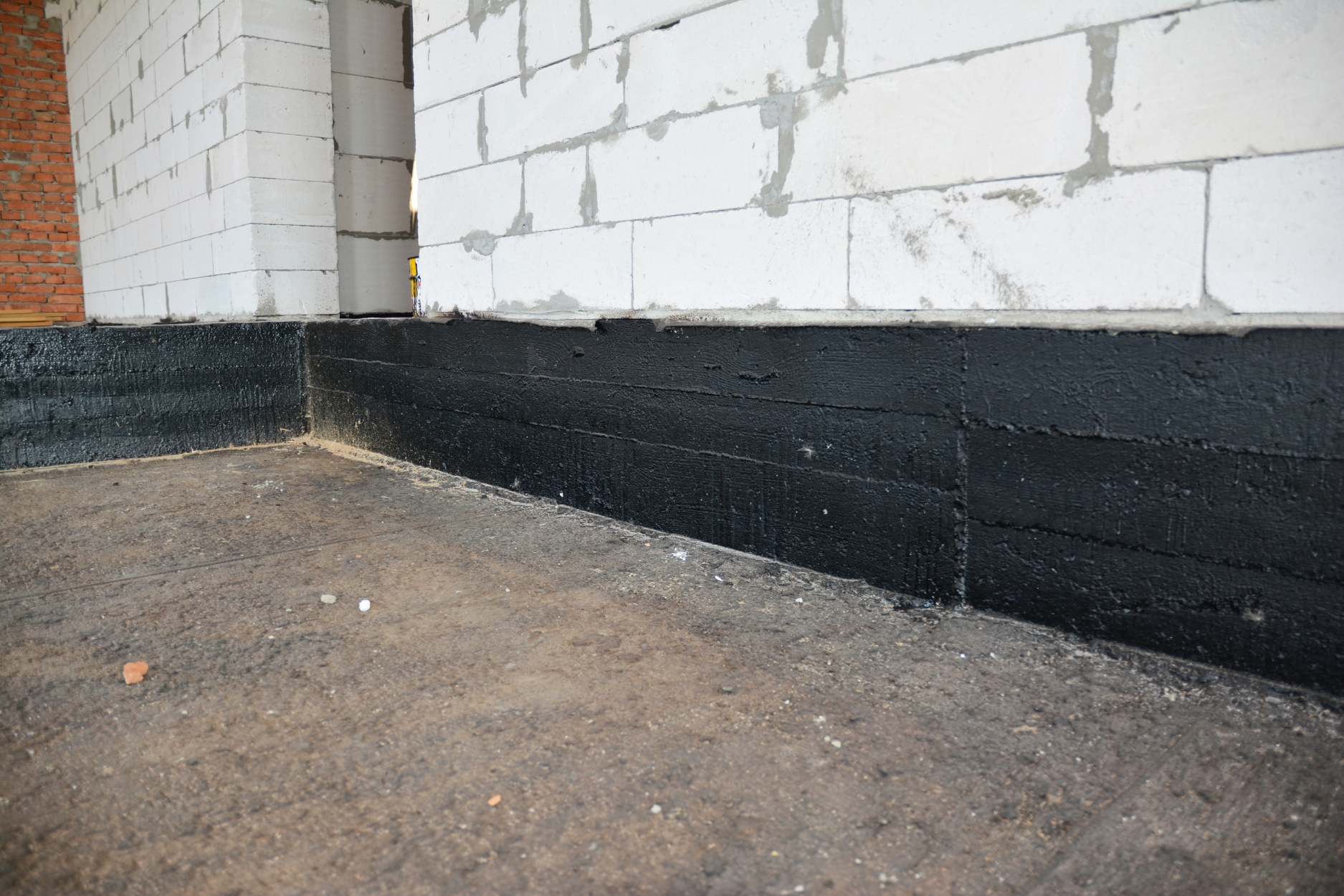
A damp or leaky basement is one of the most common issues homeowners face. Left untreated, excess moisture can lead to mold growth, structural damage, and unpleasant odors that spread throughout your home. If you’re asking yourself how to waterproof a basement, the good news is there are several proven methods you can apply, from quick DIY fixes to complete professional waterproofing systems. This guide covers the steps, materials, and techniques to help you keep your basement dry and protected year-round.
Why Basement Waterproofing Matters
Basements are naturally prone to moisture because they sit below ground level. Water from heavy rains, melting snow, or poor drainage systems can seep into foundation walls or floors. Over time, this moisture can cause:
- Mold and mildew growth, which affects indoor air quality
- Damage to wooden framing, drywall, or stored belongings
- Cracks in foundation walls and floors
- Reduced property value due to water issues
Waterproofing your basement not only protects your investment but also transforms it into usable space for storage, living, or recreation.
Step 1: Identify the Source of Water
Before applying any waterproofing solution, you need to determine how the water is entering your basement. Common sources include:
- Surface water leaks – caused by poor grading, clogged gutters, or downspouts that drain too close to the house.
- Hydrostatic pressure – when groundwater builds up around your foundation and pushes moisture through cracks.
- Condensation – high humidity inside the basement that collects on cold walls and floors.
Inspect walls, floors, windows, and pipes for signs of moisture. If water appears only during heavy rain, the issue may be external. If it’s constant, it may be groundwater pressure.
Step 2: Exterior Waterproofing Solutions
Exterior waterproofing is one of the most effective methods, though it is often more expensive and labor-intensive. These solutions keep water away from the foundation before it can enter the basement.
Improve Drainage
- Re-grade the soil around your home so it slopes away from the foundation.
- Extend downspouts at least 6–10 feet away from your home.
- Clean gutters regularly to prevent overflow near the basement walls.
Apply Exterior Waterproofing Membranes
Professional contractors can dig around the foundation, apply a waterproof membrane or coating, and install a drainage system such as a French drain. This provides long-term protection against water infiltration.
Step 3: Interior Waterproofing Methods
If exterior waterproofing is not feasible, interior methods are a good option. While they don’t stop water from entering the foundation, they control and redirect it safely.
Seal Cracks and Joints
- Use hydraulic cement to patch small cracks in walls or floors.
- Apply waterproof sealants or epoxy injections to block seepage.
Install Interior Drainage Systems
- A French drain or drain tile system channels water to a sump pump.
- A sump pump then pushes the water out of your basement and away from the home.
Apply Waterproof Paints and Coatings
Waterproof paints can provide a moisture barrier for minor seepage, but they are not a permanent fix for major leaks. Use them as part of a larger system, not as the only solution.
Step 4: Control Humidity and Condensation
Even if you’ve blocked leaks, high humidity can still make your basement feel damp. To solve this:
- Install a dehumidifier to maintain humidity below 60%.
- Insulate cold water pipes to prevent condensation.
- Improve ventilation by adding basement windows or vent fans.
Step 5: Long-Term Maintenance Tips
Waterproofing is not a one-time project, it requires ongoing attention. Follow these maintenance practices:
- Inspect basement walls and floors regularly for new cracks.
- Test your sump pump annually, especially before rainy seasons.
- Keep gutters and downspouts clean and functional.
- Reapply sealants every few years if recommended by the manufacturer.
DIY vs. Professional Basement Waterproofing
You can handle minor waterproofing tasks, like sealing cracks, improving grading, or installing a dehumidifier, on your own. However, for serious water problems, hiring a professional is highly recommended. Professionals have access to heavy-duty solutions such as foundation excavation, membrane application, and advanced drainage systems that provide long-term peace of mind.
Conclusion
Learning how to waterproof a basement starts with identifying the cause of moisture, then applying the right solutions to fix it. For minor issues, DIY crack repairs and improved drainage may be enough. But for recurring leaks or flooding, professional basement waterproofing ensures your home stays safe, dry, and structurally sound.
If you’re ready to protect your home with expert basement waterproofing, trust A1 Everlast. Our team has decades of experience helping New Jersey homeowners keep their basements dry and safe. Contact us today at (973) 427-4888 for a free estimate and professional guidance.
